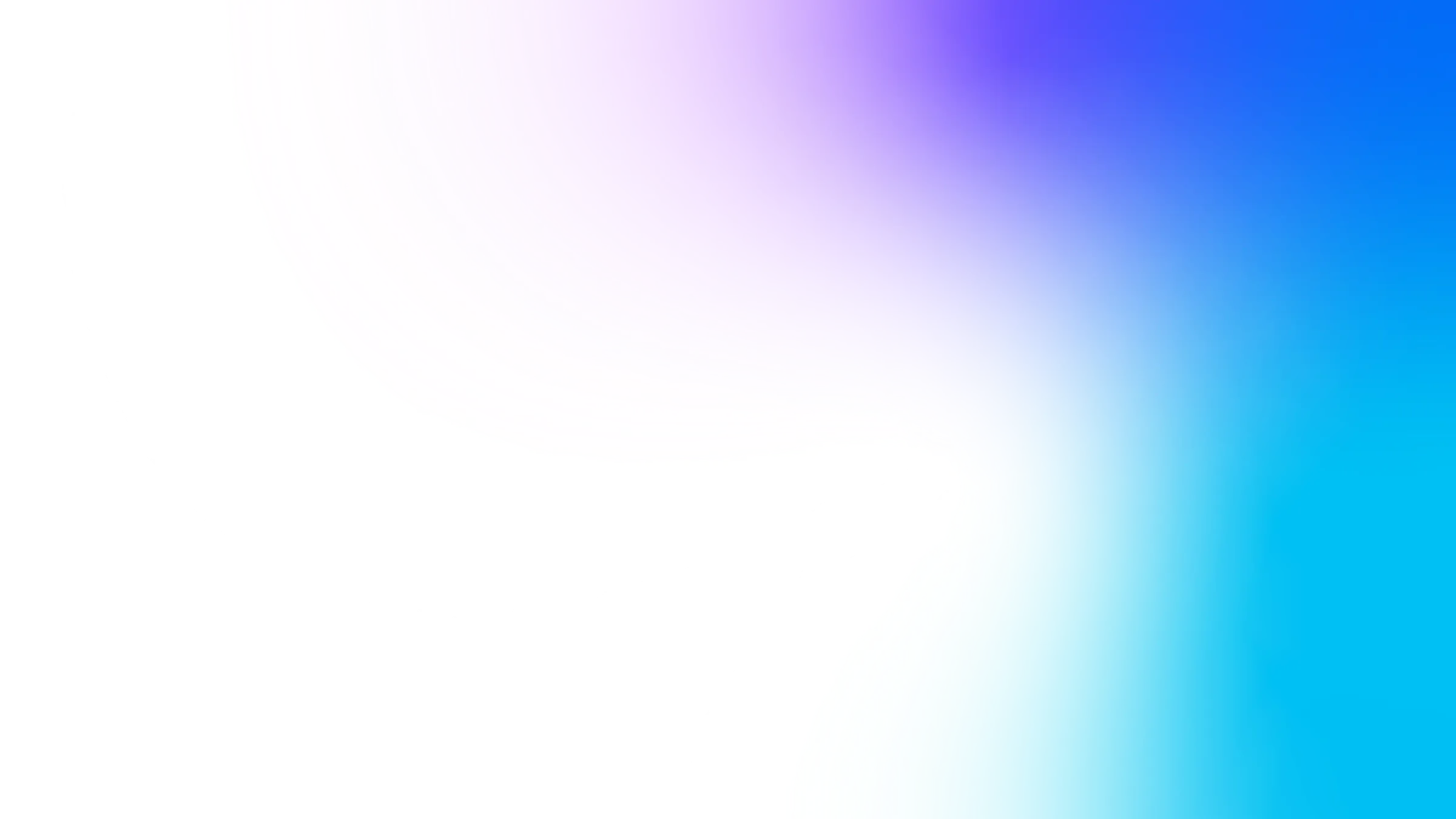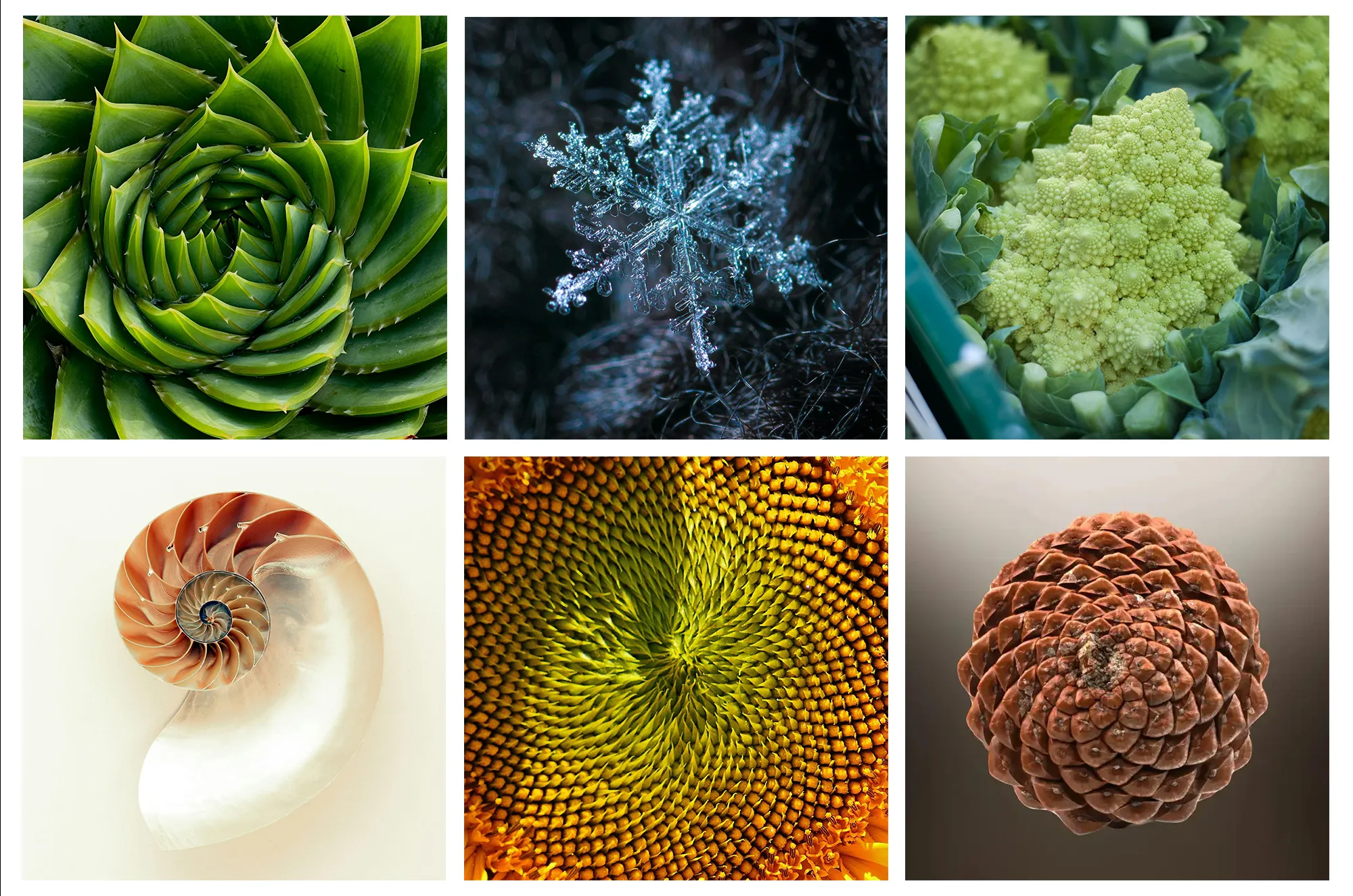Our new exhibition, the Digital Wellness Center, is a magical forest where nature and technology come together in perfect harmony. Under colorful, winding trees with endlessly repeating patterns, it feels as if you are walking through a living work of art. These special patterns, called fractals, have been brought to life in 3D-designs by Jules Ruis. This forest helps us grow and flourish in harmony with both nature and the technological world, a next nature.
"I’m incredibly proud of my trees," says Jules Ruis (80) as he walks through the new exhibition at Next Nature. He smiles as his 3D-printed trees change from blue to purple under the spotlights. "Normally, people don’t come into contact with fractals, yet here, a whole forest of patterns stands on the fourth ring of the Next Nature Museum."


What are fractals?
Fractals are patterns that repeat themselves endlessly, no matter if you look at them up close or from afar. That may sound complex, but you see them more often than you think. Just look at a pinecone: the scales form a spiral that continues infinitely. Or take a broccoli, where the tiny florets look like miniature versions of the entire vegetable. Research from the University of Oregon has shown that looking at these repeating patterns can help reduce stress and fatigue.

Love at first sight
Although fractals have always existed in nature, Jules Ruis hasn’t always worked with them. His journey began in 1982, when Benoit Mandelbrot published his mathematical book ‘The Fractal Geometry of Nature’. Inside, there was a 2D-drawing of a fractal. It was love at first sight. "I was fascinated, but at the same time, I thought: this can be better, this can be in 3D," he recalls. And so, 43 years later, 3D-printed fractals emerged at the Next Nature Museum in Eindhoven. "Now, it’s no longer called ‘The Fractal Geometry of Nature’ but ‘The Fractal Trigeometry of Next Nature’."
The function of fractals
According to Jules, fractals are not only beautiful, natural forms, but they also have practical applications. For example, he envisions a "solar tree", a tree that generates its own energy through sunlight. Instead of traditional black solar panels on rooftops, these energy-producing trees could be placed in gardens. This would be more efficient, as a fractal tree has a larger surface area than a flat solar panel. Additionally, Jules believes a solar tree would blend more harmoniously with nature.

But he sees even more possibilities. He proposes using fractal structures for artificial blood vessels, inspired by the natural fractal patterns found in our bodies, such as in our lungs. These fractal-based blood vessels or nerves could be used in the medical field, for instance, in transplants, prosthetics and regenerative medicine.
A fractal city
Jules’ ultimate dream is the creation of a fractal city. "But we should only apply fractals where they make sense. If you start making fractal roads, you’ll be working on them forever," he laughs. Still, he sees potential for the first fractal-designed houses. "We don’t have to wait for nature to create fractal shapes—we can design and optimize them in any form imaginable using mathematical formulas."
Although fractal houses are still fictional and a full fractal city seems like a distant future, Jules believes the first step has already been taken. The trees on the fourth ring of the Next Nature Museum are living proof: a harmonious fusion of nature and technology that inspires us and helps us grow. It is a place where both worlds meet, a true next nature.


Comments (0)
Share your thoughts and join the technology debate!
No comments yet
Be the first to share your thoughts!